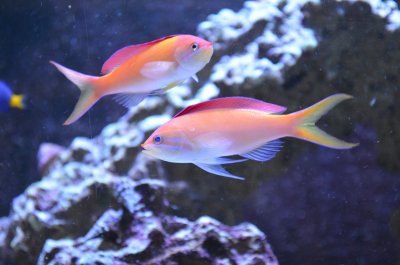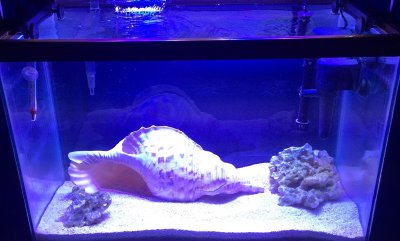vetteguy53081
Well known Member and monster tank lover
View Badges
Excellence Award
Reef Tank 365
RGB
Article Contributor
Tampa Bay Reef Keepers
West Palm Beach Reefer
Hospitality Award
Ocala Reef Club Member
305 Reef Club
Wisco Reefers
Midwest Reefer
Fish Medic
MAC of SW Florida
Rock Pool Reef Keepers
R2R Secret Santa 2023
My Tank Thread
My Aquarium Showcase
Brew has taken a break. Regarding cycling dry rock. While rock plays a role, you want to add your bacteria and then ammonia chloride . Then you want to monitor ammonia , When your ammonia is steady at zero for 5 days and Nitrate is steady at 20 or below- You are cycled. Ignore nitrIte Unless sky highI am cycling the dry rock with some live rock (cooking in the dark) it been 2 weeks and no ammonia and no nitrites. My NO3 is over 75 what is normal. No fish and it will cook for 3.5 more months. Normally it says i should do 50%WC, but sense i have no livestock there, i don’t expect it will go up. The question: do i need to do WC or can i just start adding bacteria or just let it be? I am trying to build up anaerobic bacteria in the rock (no sand there for now) it is not in my display tank yet. Please correct me if i am wrong at something. When it is all done, i want to go a way from big weekly WC
The tank will go through two phases in which ammonia will rise then fall and nitrate will rise and fall which is normal. When fish are added, the bacteria population will increase with the new bio load, converting waste to nitrate.





















